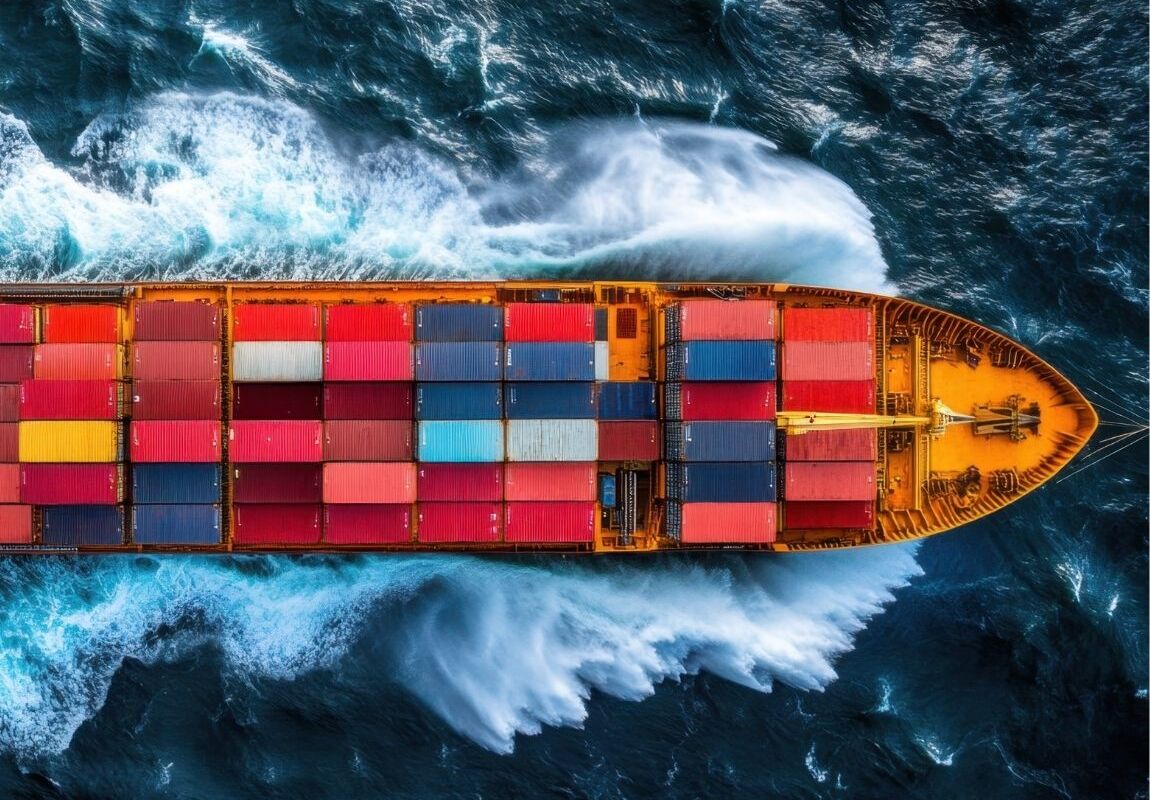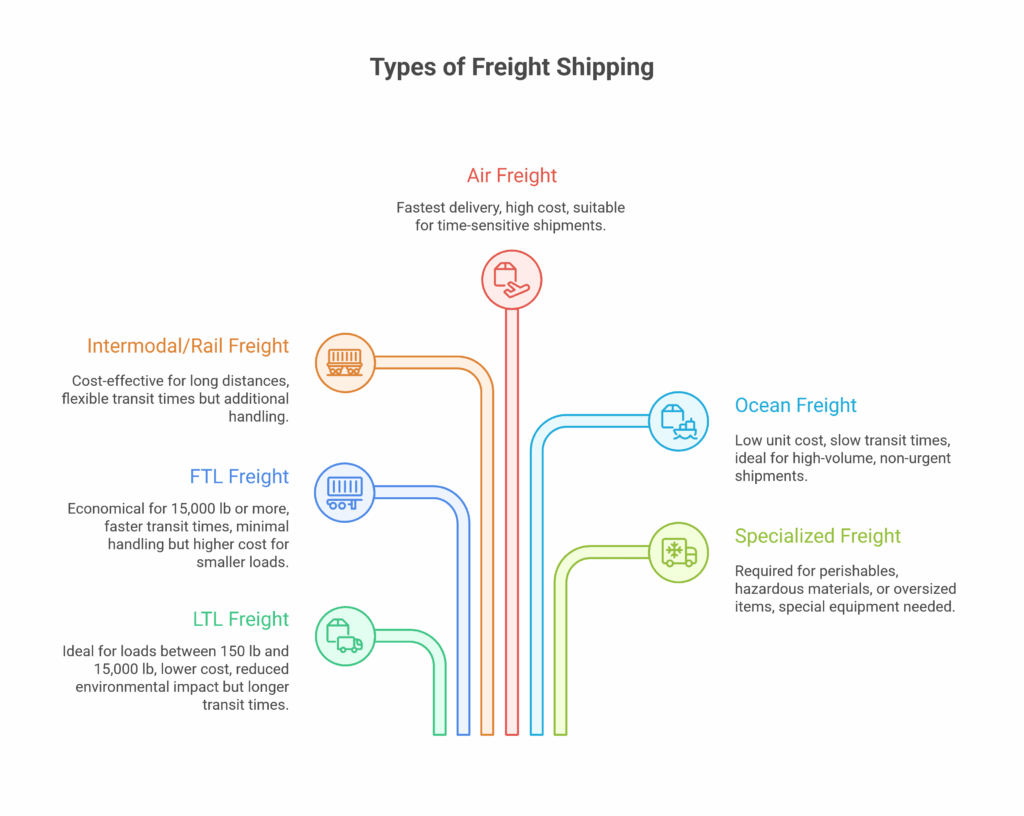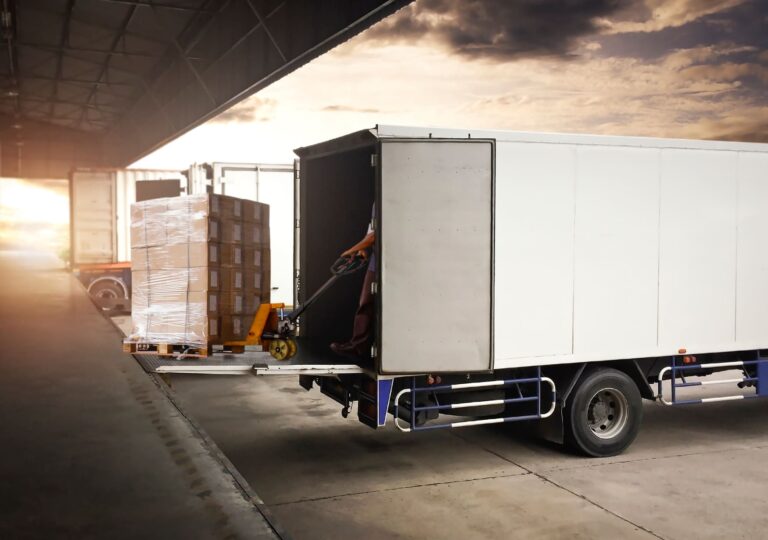Comprehensive Guide to Freight Shipping: Types, Costs & Best Practices

Freight shipping is the backbone of modern commerce. Whether you’re moving a single pallet across town or a container of goods across continents, understanding how freight shipping works can save you money, protect your products and keep your customers happy. This guide breaks down what freight shipping is, the major modes available, how costs are calculated, and proven strategies to optimize your logistics.
What Is Freight Shipping?
Freight shipping is the transport of goods that are too heavy or bulky for standard parcel carriers. Shipments over 150 lb are typically considered freight. Freight can travel by truck, rail, ship or aircraft, and it often involves coordination between carriers, freight forwarders and customs brokers. Understanding the basics will help you choose the right service:
- Freight carriers: companies that move goods via trucks, trains, ships or planes. They provide the equipment and drivers needed to haul your cargo.
- Freight forwarders and 3PLs: intermediaries who arrange transportation, handle paperwork and often provide warehousing and customs clearance.
- Modes of transport: your freight may move by road (truckload or LTL), rail (intermodal), sea (ocean freight) or air freight. Each mode has different speed and cost trade‑offs.
Freight shipping offers economies of scale. Shipping palletized goods by truck or container reduces per‑unit costs compared with sending individual parcels.
Types of Freight Shipping
Choosing the right freight mode depends on shipment size, urgency and destination. The main types include:
LTL Freight (Less‑Than‑Truckload)
LTL freight combines shipments from multiple customers into one trailer. It is ideal for loads between 150 lb and 15,000 lb. Because you share space with other shippers, you only pay for the portion of the trailer you use. Benefits include lower cost and reduced environmental impact, but transit times are longer and there’s more handling due to multiple stops.
FTL Freight (Full Truckload)
FTL freight gives your shipment exclusive use of a trailer. It is most economical for 15,000 lb or more or when your goods require dedicated space. FTL rates average $1.50‑$3.00 per mile, with current spot rates around $2.05 per mile. Transit times are faster and there’s minimal handling, but smaller loads may pay for unused space.
Intermodal and Rail Freight
Intermodal freight uses standardized containers that transfer seamlessly between trucks, trains and ships. Rail and intermodal services often cost 20‑40 % less than truck freight and are ideal for long distances when transit time is flexible. However, they involve additional handling during transfers and longer lead times.
Air Freight
Air freight delivers goods quickly and is commonly used for time‑sensitive or high‑value shipments. Domestic air freight costs $4‑$8 per kilogram and international air freight can cost several thousand dollars per tonne. Use air freight when speed outweighs cost.
Ocean Freight
Ocean freight moves goods internationally using container ships. Rates are typically $1,500‑$4,000 per 20‑ft container. Transit times are the slowest but unit costs are low. Ocean shipping is the backbone of global trade and suits non‑urgent, high‑volume shipments.
Specialized Freight
Some products need special equipment or handling, such as refrigerated freight for perishables, hazardous materials shipping, and transport of oversized or heavy machinery. Work with carriers who have the right certifications and equipment for these loads.

How Much Does Freight Shipping Cost?
Freight pricing is influenced by multiple variables. No single “flat rate” exists, but understanding the following factors will help you estimate costs and negotiate better rates:
- Weight and dimensions: Heavier and larger loads cost more. LTL shipments usually cost $0.20–$0.45 per pound, while FTL rates are quoted per mile.
- Distance and lanes: Longer hauls increase cost. A 500‑mile FTL delivery at $2.05 per mile costs about $1,025, while a 2,000‑mile trip can exceed $4,000.
- Freight class and density: Carriers assign freight classes based on density, stowability and handling. Higher classes (lighter or bulky items) cost more. Use a freight class calculator to avoid reclassifications.
- Mode of transport: LTL is cheaper for small loads, FTL provides cost per unit efficiency for large volumes, air freight is the most expensive per pound, and ocean freight is the least expensive per unit but slow.
- Fuel surcharges and market conditions: Carrier fuel surcharges change with diesel prices. Spot rates fluctuate based on capacity and demand-flatbed rates are currently around $2.51 per mile.
- Accessorial charges: Services like liftgate, inside pickup/delivery, residential delivery or appointment scheduling add to your bill.
- Seasonality and weather: Peak seasons and adverse weather can restrict capacity and increase rates.
To get accurate pricing, request quotes from several carriers or use online freight calculators. Many shippers use a 3PL or freight broker to compare rates across carriers and modes.
Freight Shipping Services
Modern carriers and logistics companies offer a variety of services beyond simple pickup and delivery:
- Door‑to‑door shipping: Carrier picks up freight at your facility and delivers it to your customer’s door.
- Port‑to‑port or terminal services: You drop off and pick up at the carrier’s terminal or port—common for ocean freight.
- Expedited or time‑critical shipping: Guarantees faster transit times for urgent loads.
- Third‑party logistics (3PL) services: Outsource warehousing, order fulfillment, packing and transportation to a 3PL provider. 3PLs can leverage volume to get better rates and provide technology such as transportation management systems and real‑time tracking.
- Cross‑border & international shipping: Specialists help with customs brokerage, documentation and compliance when shipping across borders.
Selecting the right service depends on your budget, destination and customer expectations.
Tips for International Freight Shipping
Shipping freight across borders introduces extra complexity. To ensure smooth global deliveries:
- Understand Incoterms and responsibilities: Incoterms (e.g., FOB, CIF, DDP) define which party pays for shipping, insurance and duties. Clarify terms in contracts.
- Prepare customs documents: Provide commercial invoices, packing lists, certificates of origin and any permits required for regulated items. Incomplete documents are the most common cause of delays.
- Research destination regulations: Countries have different import duties, taxes and prohibited items. Partner with a customs broker who knows the local rules.
- Choose experienced carriers: Select carriers or freight forwarders with proven track records in your target regions.
- Insure your shipment: Overseas journeys involve more handling and longer transit; insurance protects against loss or damage.
Best Practices to Optimize Freight Shipping
Optimizing freight logistics reduces costs, improves reliability and boosts customer satisfaction. Implement these strategies:
- Plan shipments in advance: Booking early gives you access to lower rates and more carrier options. Last‑minute shipments often incur premium charges.
- Consolidate orders: Combine smaller orders into one shipment to achieve higher density and qualify for FTL rates when volume justifies it.
- Negotiate long‑term contracts: Developing relationships with carriers or brokers can secure discounted rates and better service.
- Use technology for visibility: Transportation management systems (TMS) provide real‑time tracking, automate paperwork and identify optimal routing.
- Optimize packaging: Use pallets or crates efficiently, protect goods with proper wrapping, and reduce wasted space. Carriers may re‑measure freight; oversized pallets trigger reclassifications.
- Review accessorial fees: Understand when you need liftgate service or residential delivery and avoid unnecessary extras.
- Benchmark and audit invoices: Regularly compare quotes and audit freight bills to catch billing errors and recover overcharges.
How to Reduce Freight Shipping Costs
Controlling freight expenses requires a proactive approach. Here are actionable ways to save:
- Choose the right mode: Evaluate cost per unit across LTL, FTL, rail and intermodal options. Use slower modes when time allows.
- Increase shipment density: Denser freight occupies less trailer space relative to weight, yielding lower freight classes and lower rates.
- Use 3PL providers: Third‑party logistics partners leverage volume discounts, provide consolidation services and can reduce overhead.
- Implement load optimization software: Tools can plan routes and schedule pickups to minimize empty miles and reduce cost per mile.
- Monitor market conditions: Stay informed about fuel prices and capacity trends. Spot rates fluctuate; locking in contract rates during low‑demand periods can yield savings.
- Review packaging and labeling: Ensure accurate weight and dimensions; mislabeling leads to extra fees. Use standard pallets and avoid odd sizes.
- Negotiate fuel surcharges: Some carriers offer fuel caps or index‑based surcharges that limit volatility.
Future Trends in Freight Shipping
The freight industry is evolving quickly, driven by technology and sustainability initiatives:
- Automation and robotics: Automated warehouses, autonomous trucks and drones will reduce labour costs and improve safety.
- Artificial intelligence and data analytics: AI optimizes routes, predicts demand and detects delays before they happen. Real‑time analytics help shippers choose the best carriers and modes.
- Sustainable shipping: Electric trucks, low‑emission fuels, carbon‑offset programs and greener packaging reduce environmental impact.
- Blockchain for transparency: Distributed ledger technology increases supply chain visibility and combats fraud.
- Nearshoring and reshoring: Companies are moving production closer to customers to mitigate geopolitical risks, leading to shorter haul lengths and more regional shipping.
Conclusion
Freight shipping isn’t just about moving goods from A to B-it’s a strategic tool that can make or break your customer experience. By understanding the different freight modes, cost structures and optimization strategies, businesses can reduce expenses and build resilient supply chains. Ready to streamline your logistics? OLIMP Warehousing offers warehousing, cross‑docking, transloading and customized freight services to keep your operations running smoothly. Request a quote today
Frequently Asked Questions (FAQ) – OLIMP Warehousing
Q: What is freight shipping?
Freight shipping refers to transporting goods that are too heavy or bulky for parcel carriers. Shipments over 150 lb are classified as freight and move via truck, rail, ship or air.
Q: How to select freight shipping on eBay as a seller?
When listing an oversized item on eBay, choose “Freight” as the shipping service and specify the item’s weight, dimensions and pickup location. eBay’s integrated freight calculator will generate carrier quotes. Work with a freight broker or 3PL if you need help coordinating pickup and delivery.
Q: How long does freight shipping take?
Transit time depends on the mode and distance. LTL freight within the same region may take 2‑5 business days, while cross‑country FTL shipments take 2‑7 days. International ocean freight can take several weeks, whereas air freight arrives within days.
Q: How much is freight shipping?
Freight costs vary widely. LTL shipments typically cost $300–$1,500 per shipment. FTL rates average $1.50–$3.00 per mile, while international ocean freight is priced per container and air freight per kilogram.
Q: What documents are required for international freight shipping?
You’ll need a commercial invoice, packing list, bill of lading, certificate of origin and any permits for regulated goods. Customs brokers can help ensure documentation is complete.
Q: Can freight shipments be insured?
Yes. Carriers offer limited liability coverage, but most shippers purchase freight insurance to protect against loss or damage, especially for high‑value or international shipments.
Q: How do I track an LTL freight shipment?
Use the carrier’s PRO or tracking number on their website or ask your 3PL for status updates. Many carriers provide pallet‑level tracking and automatic notifications.
You may be interested in

Freight Shipping Guide for Growing Brands: Reduce Costs & Deliver Faster
Shipping becomes more complex as your ecommerce or retail brand grows. Once your products exceed parcel‑carrier limits, packages heavier than 150 pounds are considered freight, you must navigate new modes, pricing models and logistics partners. Choosing the wrong mode or failing to optimize packaging and contracts can erode margins, while a strategic freight program shortens delivery […]

Finding Reliable Freight Carriers and 3PL Partners: A Down-to-Earth Guide
Struggling to get your products to market on time and on budget? You’re not alone. Small businesses, freight brokers, logistics managers, and e-commerce companies across the U.S. often feel the pain of finding a reliable freight carrier or third-party logistics (3PL) partner. In an industry where trucks move over 70% of U.S. freight , even […]

Freight Consolidation Services in North America: Top Benefits for Small Businesses
Freight consolidation (also known as consolidated freight shipping) means combining several smaller shipments into one larger load. This strategy – often called “carpooling for cargo” – lets businesses pay only for the space they use. By grouping multiple LTL shipments into a single full truckload or container, small and midsize companies (e-commerce sellers, manufacturers, importers/exporters […]
Ready to streamline your warehousing needs?
Request a quote today and discover how OLIMP's tailored solutions can optimize your operations